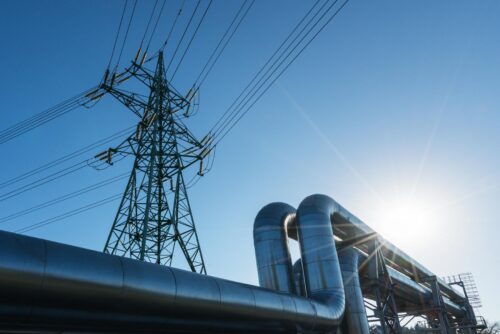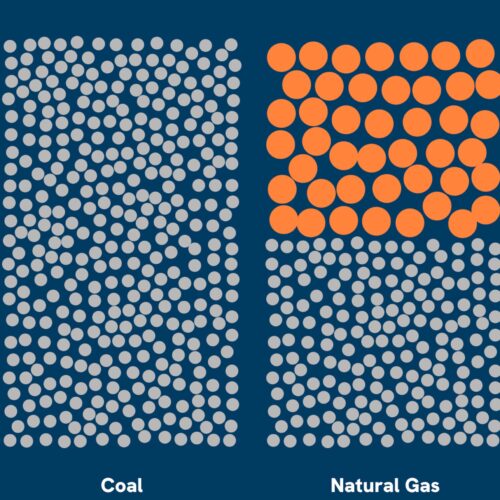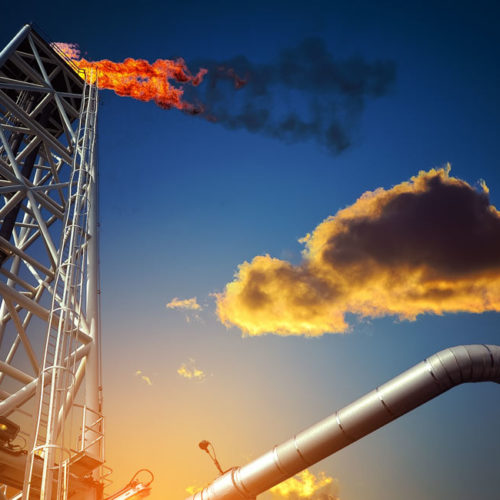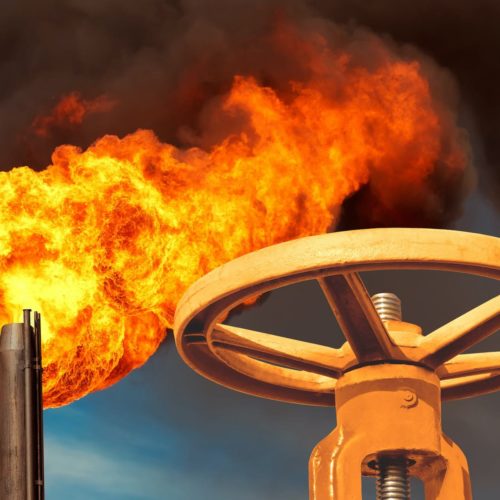Recommendations for urgent action to cut methane emissions and increase inefficiency in the gas industry

Coal vs. Natural Gas
Methane Tips the Climate Scales
Methane is responsible for 30 percent of the rise in global temperatures since the Industrial Revolution, and the energy sector accounts for nearly 40 percent of those emissions. Cutting methane emissions offers huge potential for quick, affordable climate action.
RMI’s “Coal vs. Gas” analysis has shown that methane emissions from natural gas supply chains have been inaccurately calculated for decades — leaving out the climate risk resulting from equipment leaks and flaring. A rapidly advancing network of satellites and sensors has shown that methane leakage is far greater and more frequent than assumed, and that super-emitter events like major pipeline leaks releasing tons of methane per hour are not being accounted for in industry self-reporting on emissions. Accounting for these factors in comparative analysis concluded that a methane leakage of just 0.2 percent in a gas system can bring its climate risk on par with coal.
Learn more about RMI’s recommendations for urgent action to cut methane emissions and increase inefficiency in the gas industry.
Detailed analysis published in the scientific journal, Environmental Research Letters, analyzing global lifecycle emissions intensity on an energy basis, considering variable methane leakage from gas systems, methane leakage from coal mines, and masking of warming from sulfate aerosols produced from sulfur dioxide (SO2).
A deeper look at the true climate risk of natural gas when methane leaks are included in the equation
Study casts doubt on the idea that natural gas can serve as a transitional fuel if urgent action is not taken to cut methane emissions



